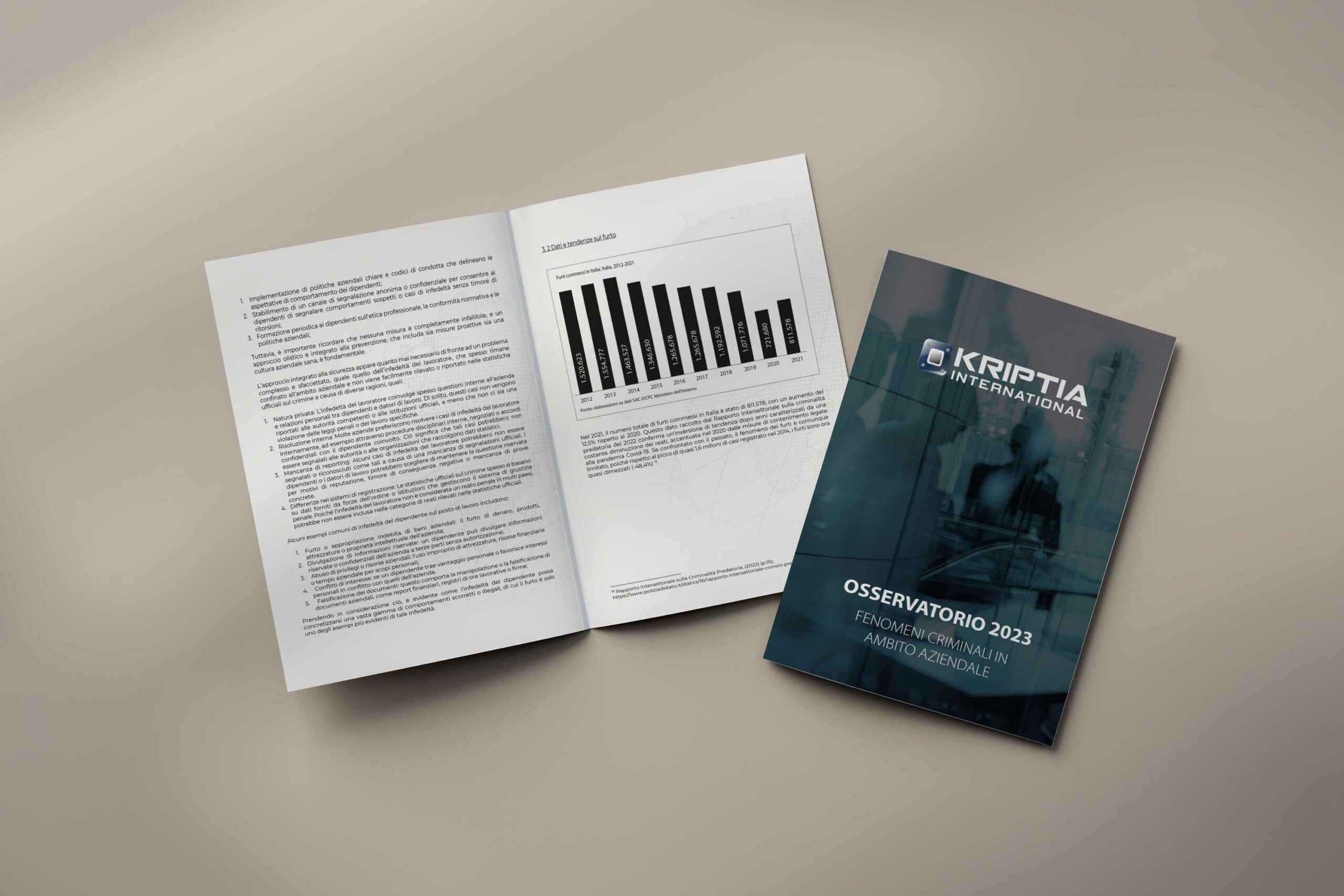Humans, whether consciously or unconsciously, tend to manage risk by establishing structured approaches whenever they need to make decisions. Risk management is inherently linked to survival. Before making a decision, a risk evaluation is always performed, perhaps instinctively, by setting a goal and analyzing potential obstacles to achieving it.
Organizations also face uncertainties that are either exogenous or endogenous to their reality. Risks can affect the success of their business. Uncertainty is always present in human activities and is usually associated with the lack of absolute knowledge of a contingent situation. There will always be something that escapes understanding, and thus, there is always a residual uncertainty leading to relative risk.
It is commonly thought that uncertainty is related to the lack of information. If companies had more information—such as about their consumers, employees, or the market—they could make more accurate informed decisions.
In a strictly scientific context, where all parameters can be rigorously measured in a laboratory environment, Heisenberg’s Uncertainty Principle applies, stating that it is impossible to simultaneously measure both the position and momentum (i.e., the speed) of a subatomic particle with infinite precision. In other words, even in scientific fields, there is a limitation to the precision with which these physical quantities can be measured. If one attempts to measure a particle’s position more precisely, the uncertainty in measuring its momentum increases, and vice versa; that is, there is a physical limitation to simultaneously measuring these physical quantities with infinite precision.
From an individual perspective, uncertainty is often perceived as a negative emotion as it can create anxiety, fear, stress, or lead to poor decisions. Alternatively, it can be seen as an opportunity for learning and personal growth, pushing individuals and organizations to seek new information and adapt to new contexts.
In the effort to limit uncertainty by gathering more data, refining models, and improving behavioral techniques, one can only address what is known as epistemic uncertainty. There is also random uncertainty due to the intrinsic variability of some phenomena that are purely random and difficult to predict.
In organizational contexts, decision-making uncertainty is particularly relevant to risk management strategies and identifies uncertainty associated with system parameters, professional skills, corporate values, and social norms.
While not all uncertainty can be exhaustively understood and defined, it is important to recognize the existence of uncertainty in a specific context, so that procedures and alert systems can be implemented to proactively and timely detect changes and take further actions to enhance resilience and cope with unexpected events.
There are many forms of uncertainty due to various causes such as assumptions about people and systems and their behavior in specific situations, parameter variability, forecasting model accuracy, or changes in conditions whose occurrence is unknown, as well as systemic issues like personnel shortages, skills gaps, and lack of knowledge.
We realize daily that risk is inherent to all human activities, and while it is unavoidable from an anthropological perspective, zero risk does not exist from an engineering standpoint.
Risk is expressed in terms of sources of danger and potential adverse or favorable events, their consequences, and the likelihood of their occurrence. Adverse events can cause damage, while favorable events may present opportunities; thus, Risk Analysis refers to identifying the possible causes of an event and its potential consequences.
Risks manifest when the contingent situation and surrounding conditions are unknown, and this lack of knowledge introduces uncertainty, making it difficult to control the event itself. While a favorable event presents opportunities to achieve a goal, an adverse event constitutes an obstacle to achieving the goal and thus represents a danger, though not necessarily resulting in damage. Risk is therefore linked to the uncertainty of an event, and uncertainty is directly proportional to the complexity of the situation.
To systematically, effectively, and efficiently address risk—within an engineering and scientific sense—the ISO 31000 standard for Risk Management has been established. If you need support in the Risk Analysis of your organization, process, or project, contact us at info@kriptia.com.




















